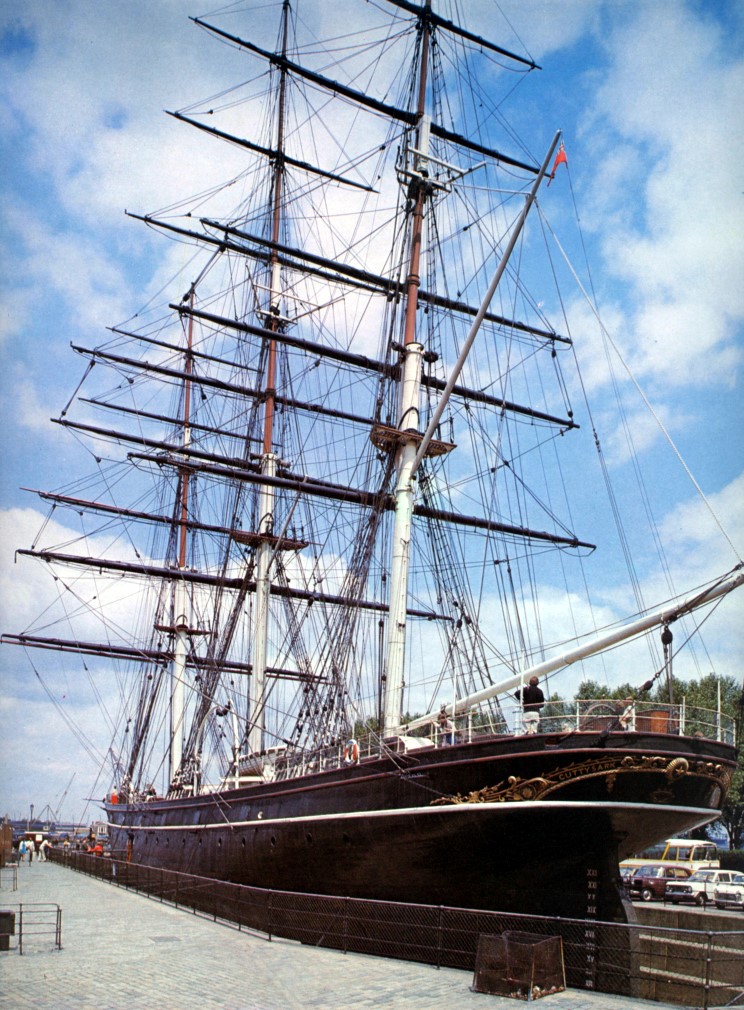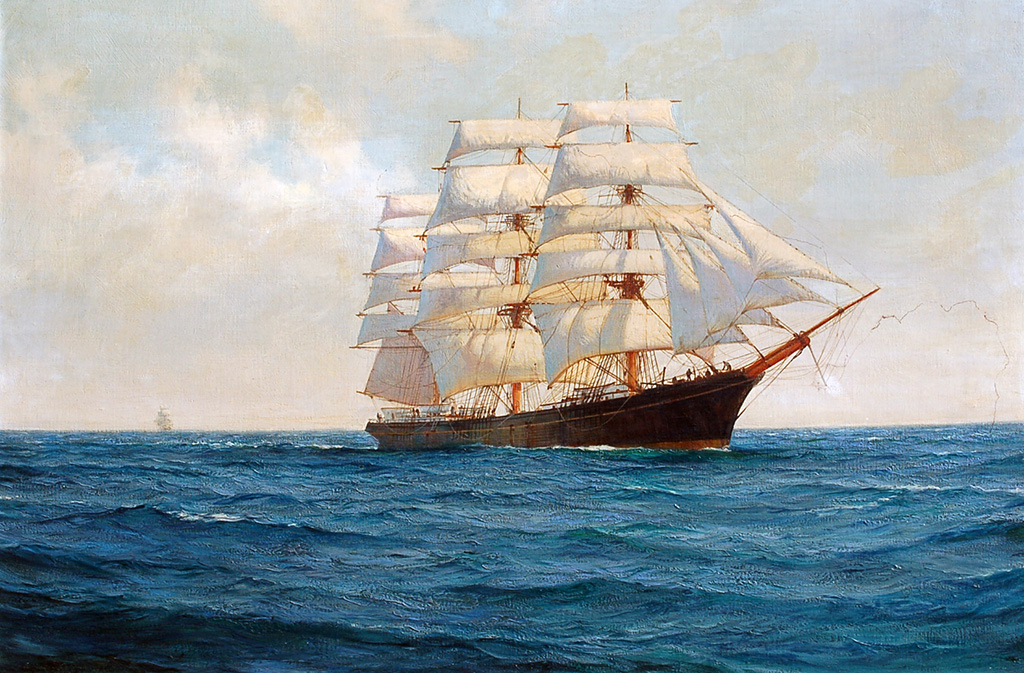

The clipper route from England to Australia and New Zealand, returning via Cape Horn, offered captains the fastest circumnavigation of the world, and hence potentially the greatest rewards many grain, wool and gold clippers sailed this route, returning home with valuable cargos in a relatively short time. Clipper ships were mostly constructed in British and American shipyards. They were generally narrow for their length, could carry limited bulk freight, small by later 19th century standards, and had a large total sail area. They were fast, yacht-like vessels, with three masts and a square rig. The simple fact that these cards have physically survived and traveled the world for centuries makes them extremely special.Clipper ships were very fast sailing ships widely used in the mid-19th century.

The adventurous and romantic days of the clipper ship stimulated the imagination of the commercial artists of its day. Their unique images and information about clipper ships take on a magical quality, something that attracts significant private collectors. Possessing a piece of history where commerce and merchandise first emerged is highly cherished by people another reason for their popularity and demand.Ĭlipper ship cards are however incredibly rare and therefore precious collector items. This value has increased throughout the years since they have been characterized as ephemera of that age, which has made them quite magical and inspiring for many to collect – especially for those with a passion for sailing and maritime history. “The usual method of distributing these cards was by messenger going from office to office in much the same manner that handbills are delivered to our mailboxes today.” – Abe Schoenfeld, Hobbies Magazine 1945īut why do collectors find clipper ship cards so valuable?Ī clipper ship card from the 19 th century is valued now for up to 2000 euros. This made the advertising of the ship even more efficient and became a practical way for merchants to quickly find available cargo ships for their goods. However, clipper ship cards were not only used as printed public announcements, but also distributed between merchants as soon as the schedule of the trip was settled. At the bottom of the card, one can find information about the destination, the captain and pier to embark. The cards include a description with the name of the sailing ship, the date of the travel and information about the vessel’s passage and route.

The cards from this historic period represent the beginning of a new era of freedom and the abolishment of slavery, which is precisely why they are now valuable and highly popular.Ĭlipper ship cards are quite eye-catching they usually contain beautiful colorful paintings, drawings, or visually attractive illustrations. The cards continued to be used during the Civil War in the United States (1861-1865) some clipper ship cards currently on the market are dated back to the civil war and are considered historical treasures. Throughout the 19 th century, their popularity and use increased merchants started to realize the success this form of advertising was bringing. These printed announcements were a unique and visually attractive way of advertising clipper ship passages to potential passengers and merchants looking to ship cargo all around the world. In the mid-nineteenth century, advertising for the operation of these vessels took the form of clipper ship cards. Clipper ships were the fastest vessels operating in maritime trade back then and were the height of ship design. During the nineteenth century, global trade was growing at a rapid rate due to the first wave of globalization.


 0 kommentar(er)
0 kommentar(er)
